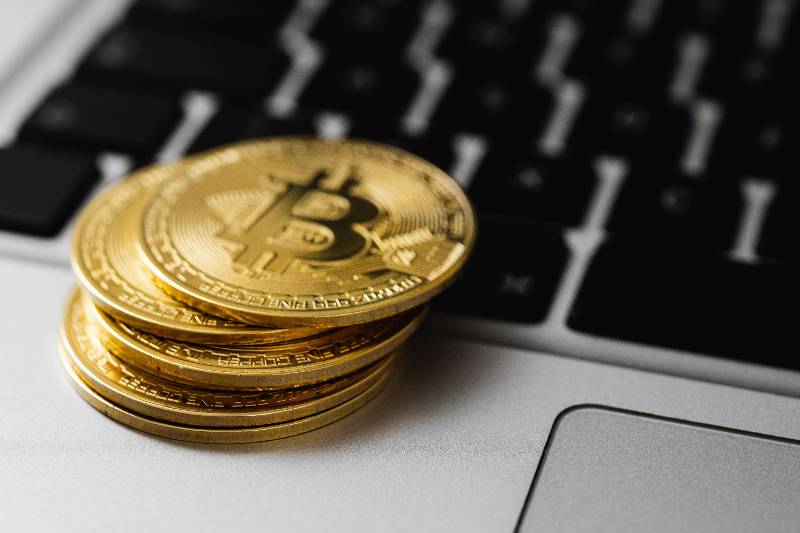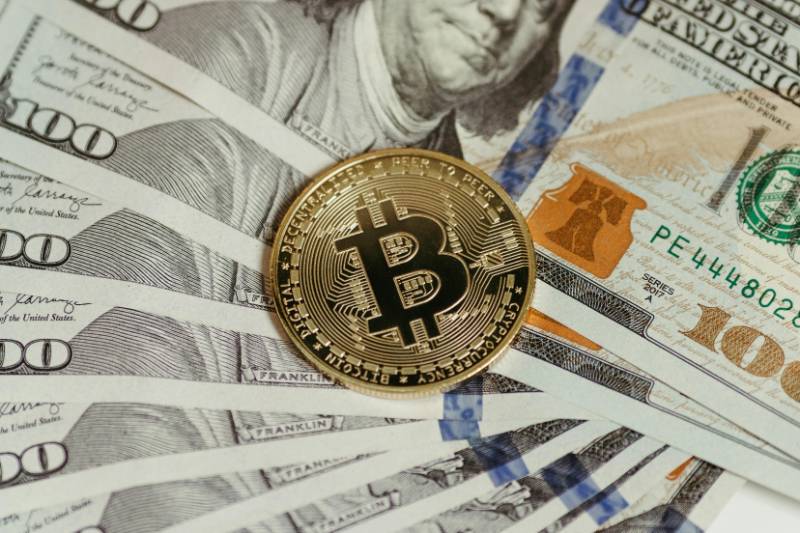
The Future of Decentralized Finance (DeFi) in 2025
9 min read
13 Oct 2025
Introduction
Decentralized Finance, or DeFi, is transforming the financial landscape by enabling peer-to-peer transactions without intermediaries like banks or traditional financial institutions. With blockchain technology as its backbone, DeFi provides transparency, security, and inclusivity to global financial systems. As we approach 2025, DeFi is poised to disrupt traditional banking, lending, and investment practices even further, offering a wide range of opportunities for individuals and institutions alike.
How DeFi Works
DeFi operates using smart contracts on blockchain networks such as Ethereum, Binance Smart Chain, and Solana. These contracts automatically execute transactions when predefined conditions are met, eliminating the need for intermediaries. Users can lend, borrow, trade, and earn interest directly using decentralized protocols, creating an open and accessible financial ecosystem.
Core Components of DeFi
- Decentralized exchanges (DEXs) for peer-to-peer trading
- Lending and borrowing protocols for financial flexibility
- Yield farming and staking platforms to maximize returns
- Stablecoins for predictable value storage and low volatility
- Oracles that connect blockchain networks with real-world data
Advantages of DeFi
DeFi democratizes access to financial services, offering opportunities to individuals without traditional bank accounts. It also provides higher yields compared to conventional banking and promotes transparency through open-source code that can be audited by anyone. Moreover, DeFi reduces the reliance on centralized institutions, potentially lowering fees and increasing efficiency.
Benefits in 2025
- Global access to financial services regardless of geographic location
- Reduced reliance on banks and financial intermediaries
- Greater control over personal assets and investments
- Transparency and security through immutable blockchain records
- Increased innovation in financial products and services

Challenges Facing DeFi
Despite its promise, DeFi faces regulatory uncertainty, potential smart contract vulnerabilities, and market volatility. User education and security measures are critical to mitigate these risks. Adoption also depends on developing user-friendly interfaces and robust customer support, as many users are still unfamiliar with blockchain technology.
The Future Outlook for DeFi in 2025
As DeFi evolves, it is expected to integrate with traditional finance, creating hybrid models that combine decentralization with regulatory compliance. Advancements in scalability, security, and interoperability between blockchains will make DeFi more user-friendly and accessible. By 2025, we anticipate wider adoption in payments, insurance, lending, and investment sectors, along with the development of decentralized identity systems and insurance products.
FAQs
What is Decentralized Finance (DeFi)?
DeFi is a blockchain-based financial system that eliminates intermediaries like banks, enabling peer-to-peer lending, borrowing, and trading via smart contracts. It promotes transparency, inclusivity, and global access to financial services while giving users direct control over assets. By 2025, DeFi is expected to provide more efficient, secure, and user-friendly financial solutions worldwide.
How does DeFi differ from traditional finance?
DeFi replaces banks and centralized institutions with blockchain technology, offering transparent, borderless, and automated financial services. Unlike traditional finance with high fees and limited access, DeFi enables peer-to-peer transactions and greater inclusivity. This allows users to reduce costs, maintain control of their funds, and access innovative solutions that were previously unavailable to average consumers.
What are the main risks of using DeFi?
DeFi risks include smart contract flaws, hacks, market volatility, scams, and lack of regulatory protection. Users may also lose funds due to mistakes like lost private keys. While DeFi offers transparency, these risks require careful research, diversification, and the use of trusted protocols. Stronger security measures and evolving regulations are expected to reduce risks.
What are the advantages of DeFi in 2025?
DeFi in 2025 provides global access, transparency, low-cost transactions, and higher yields compared to banks. It gives users full control over their money without intermediaries, making finance more inclusive. Innovations such as cross-chain interoperability, AI-driven financial tools, and improved security make DeFi increasingly user-friendly, empowering everyday users to benefit from decentralized financial opportunities worldwide.
Can DeFi integrate with traditional banking?
Yes, DeFi can merge with traditional banks through hybrid models combining decentralization and compliance. This integration enables smooth crypto-to-fiat transactions, greater accessibility, and regulatory trust. Banks may adopt blockchain features while DeFi adapts to legal standards, creating a balanced financial system. This collaboration may offer security, speed, and inclusivity, benefiting both traditional users and crypto enthusiasts.
How can investors minimize risk in DeFi?
Investors can minimize risk by diversifying funds, researching projects thoroughly, and using established platforms. Security measures include storing private keys safely, enabling multi-factor authentication, and avoiding suspicious links. Staying updated on regulations and protocol audits is crucial. Adopting a cautious strategy ensures protection against hacks, volatility, and scams, making DeFi participation safer and more reliable in 2025.
Will DeFi replace traditional banks completely?
DeFi is transformative but unlikely to fully replace banks by 2025. Instead, hybrid systems are expected, combining blockchain’s efficiency with banks’ regulatory frameworks. Banks may adopt decentralized features to improve services, while DeFi protocols will embrace compliance. This cooperation ensures stability and wider adoption, bridging both worlds for financial systems that are more inclusive, secure, and accessible globally.
What new trends can we expect in DeFi by 2025?
DeFi trends in 2025 include blockchain interoperability, decentralized identity verification, and insurance protocols for safer transactions. AI integration will enable automated investment strategies, while adoption in emerging markets will grow. Regulatory-compliant DeFi will increase trust among institutions. These advancements make DeFi more robust, practical, and inclusive, transforming the global financial ecosystem for individuals, businesses, and governments alike.
How does DeFi impact global financial inclusion?
DeFi enables access for unbanked and underbanked populations by providing borderless financial tools. People without traditional accounts can save, borrow, invest, and transact digitally. This reduces reliance on banks, lowering barriers in developing nations. By 2025, DeFi is set to empower millions, promoting equality, economic participation, and bridging financial gaps across different regions of the world effectively.

The AR Breakthrough That Will Make Blockchain Transactions Simpler Than Ever!
6 min read | 11 Oct 2025
How AI Is Making Blockchain Smarter and Safer – The Inside Scoop!
7 min read | 10 Oct 2025
The Big Tech Twist: How VR Is Set to Disrupt Blockchain Like Never Before!
5 min read | 09 Oct 2025
Unlocking the Power of AR: How Augmented Reality Is Set to Revolutionize Blockchain!
6 min read | 08 Oct 2025More Articles

The Future of Generative AI in Creative Industries
7 min read | 14 Oct 2025

Machine Learning in Healthcare: Transforming Diagnosis and Treatment
7 min read | 13 Oct 2025

How Artificial Intelligence Is Redefining Workplace Productivity
10 min read | 12 Oct 2025

The Challenges of Bias in AI: Can Machine Learning Ever Be Truly Fair?
5 min read | 11 Oct 2025
More Articles

Investors Take Note: The Potential of Blockchain Investments
7 min read | 07 Sep 2025

Blockchain for Entrepreneurs: Building the Future of Business
7 min read | 06 Sep 2025

The Privacy Paradox: Balancing Security with Transparency in Blockchain
6 min read | 05 Sep 2025

Is Blockchain the Key to Unlocking the Sharing Economy's True Potential?
4 min read | 04 Sep 2025
